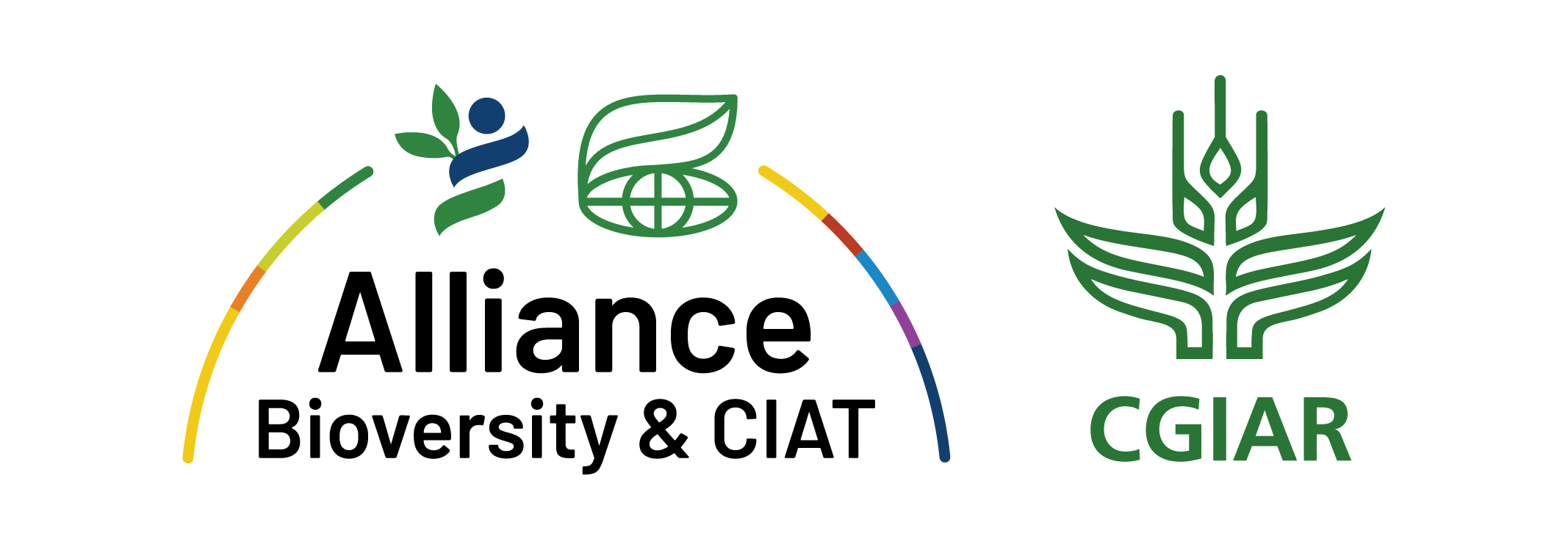
DNA-based methods are increasingly used to help tackle illegal logging which is estimated to result in losses of revenues of 10-15 billion US$ in the affected timber-producing countries. These methods enhance existing timber tracking methods but their application requires information on the genetic diversity patterns of the target species. We spoke to Dr Anto Rimbawanto from the Centre for Forest Biotechnology and Tree Improvement, Indonesia, about his project that aims at generating genetic information for up to a hundred timber species in the country.
Q: Can you tell us a little bit of your project? What are the objectives and main activities?
AR: The project is entitled “Developing a DNA tracking system to support legal timber supply in Indonesia”and it focuses on the development of DNA-based markers that can be used to identify the species, region and even individual of origin for important Indonesian timber species from the Dipterocarpaceae family. These include the red meranti (such as Shorea amplexicaulis, S. stenoptera), yellow meranti (such as Shorea acuminatissima, S. gibbosa) and white meranti groups (such as Shorea agami, S. resinosa), and bangkirai (Shorea laevis and S. parvifolia). DNA-based techniques are an important tool that can verify the origin of timber. DNA markers use characters inherent in the timber making them impossible to falsify.
Main activities of the project are: (a) developing DNA barcoding for up to 100 species of Dipterocarpaceae, (b) compiling genetic reference data to control the country of origin for bangkirai species, (c) capacity building on using DNA-markers for timber tracking and species identification in Indonesia, and (d) demonstration of control of chain of custody for bangkirai.
The project started in August 2015 and is funded by the International Tropical Timber Organization (ITTO; Project TFL-PD 037/13 Rev.2 (M)). It is led by the Centre for Conservation Science and Technology at the University of Adelaide in Australia, in partnership with the Centre for Forest Biotechnology and Tree Improvement at the Ministry for Environment and Forestry in Indonesia.
Q: What are some of the main challenges in data collection for such an extensive project? How do you plan to overcome those?
AR: The sampling of trees to develop a genetic reference database is labour intensive and complicated work. It needs advanced taxonomic expertise as well as highly trained and coordinated teams, and advanced data capture and handling processes. Field teams are highly skilled and have developed standard operating procedures to control data and sample collections. The application of DNA markers to assign species and origin on processed timber also requires that the quality of extracted DNA is sufficient to get a result. Finding the right DNA regions to analyse (which exhibit enough between-species variation but are small enough to work well in timber-derived DNA) is complex and requires use of the latest advances in next generation sequencing capabilities and skilled bioinformatic analyses. Extraction of DNA from timber has been optimised and novel approaches to identifying suitably variable gene regions are being employed, as well as utilising existing genetic resources on these species.
Q: What is your vision for DNA-based timber tracking in Southeast Asia? What would you like to see in 5-10 years?
AR: Combating illegal logging remains Indonesia’s top priority in the national forestry development strategy. Recognizing the economic, environment and social impacts of illegal logging to the country, the Indonesian Ministry of Forestry introduced a timber legality assurance system (or SVLK in Indonesian) in 2009. This policy is in line with the trend of major timber markets globally – Lacey Act in the USA, FLEGT/EU Timber Regulation as well as Illegal Logging Prohibition Act in Australia. As major exporter of tropical hardwood timber, Southeast Asia plays a major role in providing legally sourced wood. Naturally, policy and regulation to support this are being introduced. DNA timber tracking will complement the existing regulations on timber legality by providing tampered proof genetic data.
APFORGEN secretariat would like to thank Dr Anto Rimbawanto for his time in sharing with us about his project that aims at generating genetic information for up to a hundred timber species in the country.
Would you like to see your work featured next on APFORGEN’s webpage and Newsletter? Contact us at r.jalonen@cgiar.org
